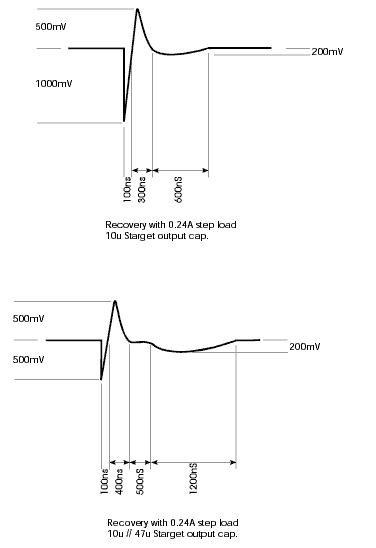Thanks, Andy - you're right: the wiring was only temporary. I've sorted it out now and the problem wasn't the SRs at all, but was twofold: first, I'm jaded, tired and my ears have still got that motorway whooshing sound in them from a long drive today; secondly, I think I introduced a problem during the move of the SRs from PSU to cd3.5.
I had added a couple of wee lm1086-based preregs in the PSU to deliver 24.4v into the player, where the SRs stepped that down to 18.3v. The 15-year old 15000uf felsic caps in there are pretty shagged, and combined with 220uf jamicon cheapos on the 1086 outputs, seemed to be f**king up the sound.
I replaced the 220uf cheapos with 1000uf panasonic NHGs and (just for good measure) supplimented the felsics with another couple of NHGs right at the input pin on the 1086s.
My ears are still jaded, but I can tell that the combination of moving the SR 0v connections to the pin, replacing the crap caps and adding the 1R//inductor has improved things. Being tired, I think I'm going to listen to some Zero 7 at low volume for a while...
Edit: Andy, is the silmic/tant on c3/c5 likely to be improved upon by use of a 22u starget?
Cheers,
Carl

